If you want to try and forge a career in the world of fitness, then one of the main things that you are going to need to make sure of is that you have the appropriate qualifications.
There are many of these that might be appropriate at different times, depending on what kind of stage you are at in your career and learning. But two of the most common are the certificate III in fitness and the certificate IV. If you are considering taking one of these, but you are not sure which or what to expect from them, it is important that you first know as much about them as possible. In particular, you will need to be aware of some of the main, important differences between the two certificates. Let’s take a look at some of those now.
Levels
The first thing to say – and this part might be quite obvious at a first glance – is that the two certificates offered here are of different levels, and as such this means that they are generally offered to quite different people. The certificate III is generally offered to students who already have a basic understanding or education in fitness, but not an advanced one – and the certificate IV is offered to those who have either completed the III previously or who are looking at going a little further up the ladder straight away. Depending on the institution, you may or may not be able to do one and then the other, or you might be expected to complete III first – it all depends. But this basic difference is one which you need to be aware of from the start.
Prospect
Because you will hopefully be using your certificate in fitness to get ahead in your career, it’s important to understand how they differ in terms of the prospects they offer you. Put simply, the certificate III is obviously not going to offer quite the same level of prospects as the IV – although that is not to say that it doesn’t offer you plenty, as it does. With a certificate III in fitness, you can expect to move on to become a fitness instructor, group instructor or other fitness professional. However, with the certificate IV in fitness you will be able to become a personal trainer, offering effective one-to-one sessions with individuals. That is generally more rewarding work, and better paid, although both have their place and it’s not uncommon to start as an instructor and work up to being a personal trainer. Or you might just want to be an instructor, of course, in which case the certificate III will suffice.
Foundation Versus Further Learning
The essential difference between the two certificates is that the certificate III is a kind of foundation course for those wanting entry-level understanding and learning in the world of fitness, whilst the certificate IV is much more advanced and so allows you a higher entry into that same world. This all depends on what it is that you are hoping to get out of them, and you should make sure that you are therefore very aware of what your goals are for your career before you try to make your decision about which certificate to go for. This essential difference is an important one to grasp at the outset.
Different Skills
Much of why these differ centres around the kind of skills that you are going to be taught. You already know that there are some differences in terms of the extent or difficulty of the different certificate programs, but it’s also true that you need to think about the different skills that will be provided for you. When you study for the certificate III, you will find yourself learning many of the basic skills that you would need to know as a gym or general fitness instructor. These may include: first aid basics, fitness and health principles as put into action, nutritional information, how to work effectively in a fitness setting, and more similar skills.
When you study for the certificate IV, however, you will find that you have already been taught those things, and so you will now be taught more skills such as: deepened fitness knowhow, all fitness fundamentals and latest nutrition data, anatomy, physiology, how to prescribe exercise to people, training principles and solutions, endurance based goals and so on.
As you can see, there are plenty of differences between the two certificates. Decide which is best for you today, and start learning.
